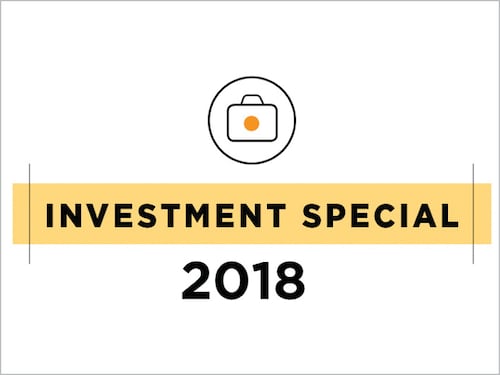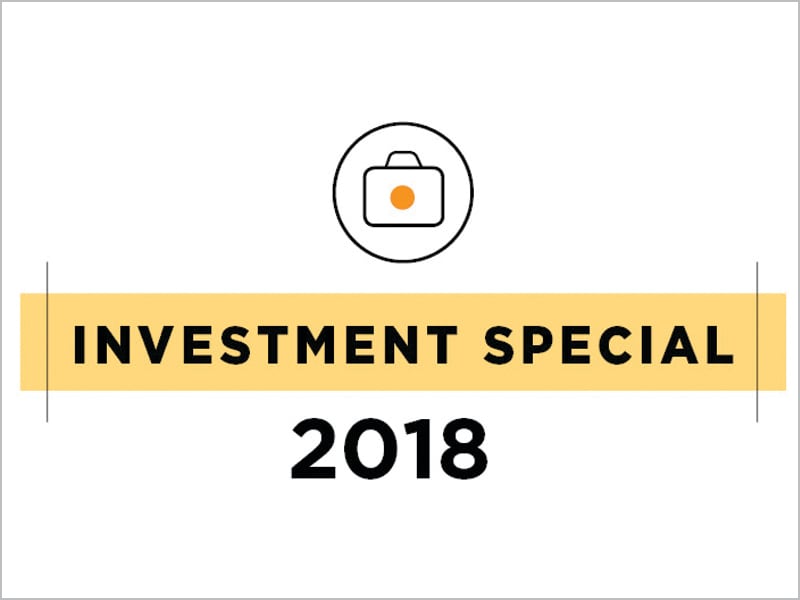Investors, brace yourselves-2018 will be challenging
A host of factors point to a difficult year for equities


If there is one ironclad rule for equity investing, it is this: Your gains will never be linear. Markets go up, down or stay sideways for extended periods and, sometimes, they swoon.
While most professional investors have learnt to shut out the noise and focus on the great businesses they buy, a sharp fall can rattle even the most committed of retail investors. After 2017’s spike—the Sensex rose by 27 percent—the initial part of 2018 has been marked by the return of volatility. With valuations approaching levels last seen in 2008, this could be the market’s way of taking some froth off the table.
A host of factors, both domestic and international, point to a difficult year for equities. What’s clear is that investing in India is no longer a no-brainer for foreigners. The recent introduction of the long-term capital gains tax on stocks has queered the pitch. While the quantum of the tax at 10 percent may not be unreasonable, fund managers Forbes India spoke to believe some foreign investors could pull out entirely before March 31 to avoid the additional paperwork.
Click here to read our articles from the Investment Special 2018 report
It’s not just taxes, India’s relative attractiveness has also dimmed. Emerging market peers Russia, Brazil and even South Africa—with its recent change of leadership—look better. They have all outperformed India so far this year. Rising oil and commodity prices have increased the current account deficit which could lead to a weaker rupee. Rising bond yields—again both local and global—have also reduced the relative attractiveness of Indian equities.
Amid all the gloom and doom, there is a slight glimmer of hope for Indian equities. Capacity utilisation rates are increasing and companies have used the last five years to pay down debt. On an aggregate, corporate India has entered 2018 with the leanest balance sheets in the last decade, making large parts of the economy ready for the next phase of expansion. Our model equity portfolio presents a selection of names poised to benefit. This is neither an exhaustive list nor are these names stock recommendations.
What does this mean for retail investors who’ve taken a fancy to stocks of mid- and small-size companies? Stay the course. Our story on small stocks helps them navigate what could be a tricky period for such investments.
For those who’ve got over ₹1 crore to spare, alternative investment funds have emerged as a viable alternative. Like mutual funds, they are pooled vehicles but allow managers to make more creative bets without the pressure of a daily NAV. This is one asset class poised for significant growth in the years to come.
The truly adventurous have begun to pepper their portfolios with cryptoassets. Last year’s hefty and unexpected gains would have prompted many more to enter largely due to the fear of missing out—a wrong strategy. Investing in these assets is similar to investing in businesses. Be clear about the underlying use of the cryptoasset. They’re also unlikely to replace fiat currencies any time soon and replacing gold is even further away. On we present a template on how investors should think through their cryptoasset investments.
One pocket that has outperformed over the last decade has been consumer stocks. Their earnings growth and stable cash flows have in time ensured a high price multiple. But fresh investors ask, ‘Has the market priced in too much growth?’ We argue that the next 10 years will likely be as good as the last ten for consumer companies. For those seeking above-average returns with far less volatility, these are the stocks to bet on.
And lastly, if you want to play safe or have expenses coming up in the next three years—because there is no telling how much stocks can fall in the short term—stick to short-duration bond funds.
First Published: Mar 21, 2018, 11:03
Subscribe Now